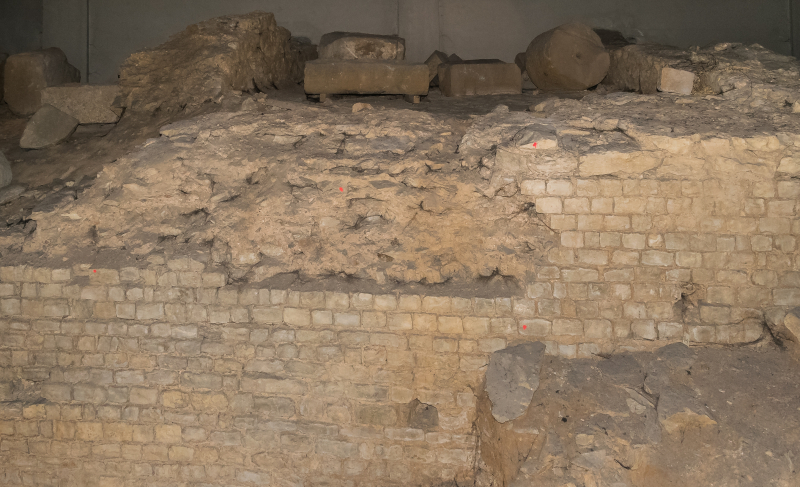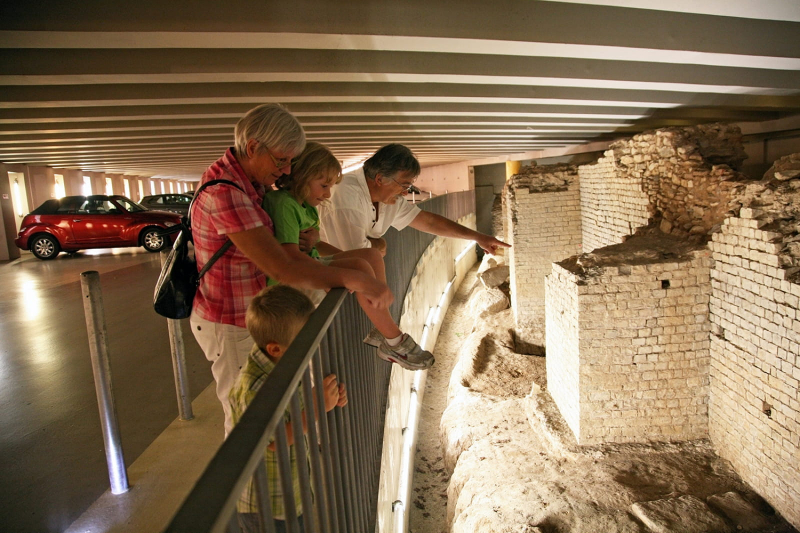Cahors Roman Amphitheatre
Roman amphitheater ruins can be found in Cahors, a city in southern France. The city's main underground parking structure now has a distinctively archaic feel thanks to the amphitheatre.
The French province of Quercy, which is now Lot, had Cahors as its capital. The decisive conflict between the Gallic alliance and the Roman invasion took place in this area, at Uxellodunum, in 51 BC. The Cadurci Celts were among the last peoples to fight back against Roman conquest, but romanization moved quickly and the area soon joined Rome's Aquitania prima.
By establishing a town in the heart of the region's Gaulish inhabitants, the Cadourques, during the reign of Emperor Augustus, the Roman colonists solidified their victory. The Roman settlement was established on a broad section of the Lot River close to a spring that the Gauls worshiped in honor of the goddess Divona. Cahors acquired the name Divona Cadurcorum as a result.
Travel to Cahors today by automobile to see the ruins of the city's oval amphitheatre, which were discovered during the excavation of the underground parking garage at the Place Gambetta, which is located just west of and partially beneath Boulevard Gambetta in the heart of the city. The statue of notable French lawmaker Leon Gambetta, which was unveiled in April 2009, is located below the first level of the parking lot, where the stone walls may be seen.
Location: Cahors, Occitania, France












